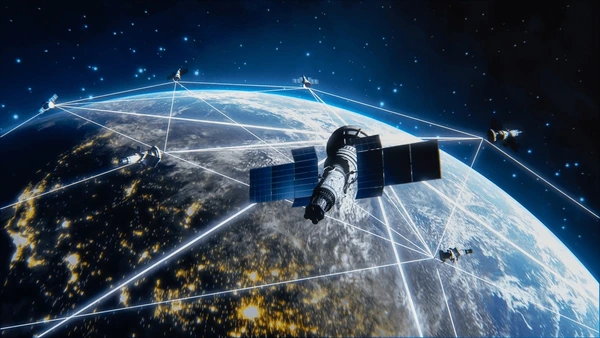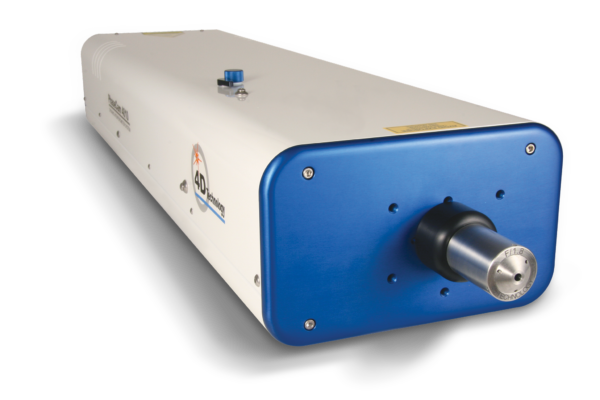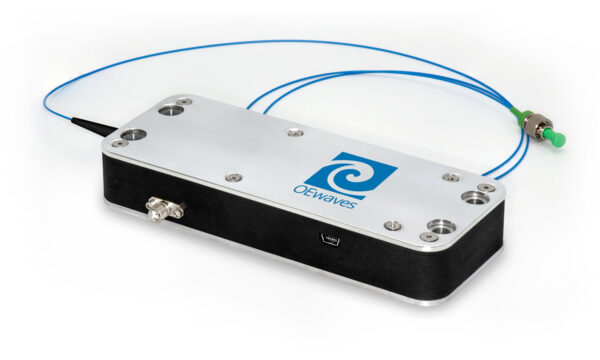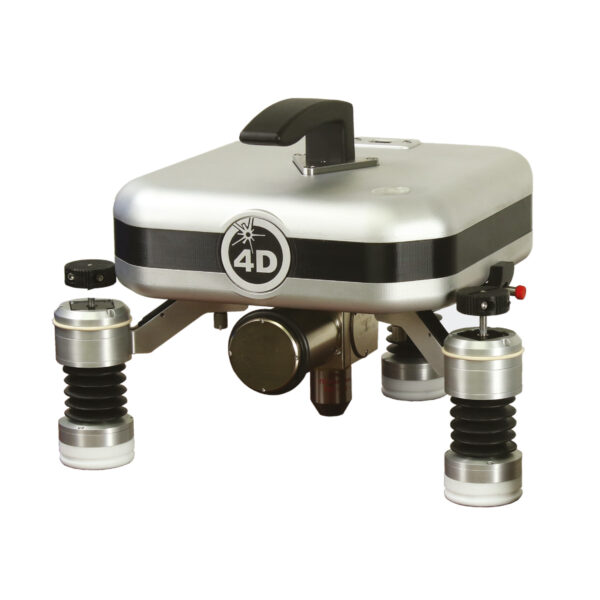Space Communication, or space communications, is a crucial aspect of space exploration and operations. This ensures the transmission of data between spacecraft, such as satellites, space probes and control centers on Earth. Communications are critical for controlling missions, monitoring spacecraft conditions, transmitting scientific data, and supporting astronautical communications.

Basics
Space Communication uses electromagnetic waves, primarily in the radio frequency range, to transmit data over long distances in space. Communication can occur directly between a spacecraft and Earth or indirectly through relay satellites to avoid obstacles such as the moon or planets. In addition, continuous communication with spacecraft located on the other side of a celestial body can be guaranteed.
Key technologies and components
Antennas: Installed both on spacecraft and on Earth, they are responsible for receiving and transmitting signals.
Satellites: Positioned in orbit as relay stations to transmit signals over greater distances. They are also used to enable a communication link to areas that are cut off from direct line of sight to Earth.
Ground stations: Receive signals from spacecraft and are responsible for processing and forwarding this data to appropriate control centers or research facilities.
Space communication networks: Like the NASA Deep Space Network (DSN), which consists of several antenna complexes distributed around the world and enables communication with spacecraft far beyond Earth's orbit.
Interferometer: Enable precise analysis of signal wavefronts for accurate satellite positioning. In addition, you play an important role, particularly in the area of precision measurement and testing of optical systems.
Laser: Enable fast data transfer over long distances with little interference and are ideal for sending large amounts of data.
spectrometer: Indispensable for analyzing light signals from space. Determine composition, temperature and motion of cosmic objects, useful for studying planetary atmospheres.
Optics: Responsible for focusing and direction of signals. Use precise lenses and mirrors to minimize signal loss and ensure data integrity.
Conclusion
Space communications must overcome a number of challenges. These include long distances, which lead to time delays in signal transmission, signal attenuation due to long-distance propagation, and interference from cosmic phenomena or terrestrial sources. However, as new technologies such as laser communications continue to be developed, the efficiency and capacity of space communications will continue to improve, opening the door for future exploration and discovery far in the solar system and beyond.



